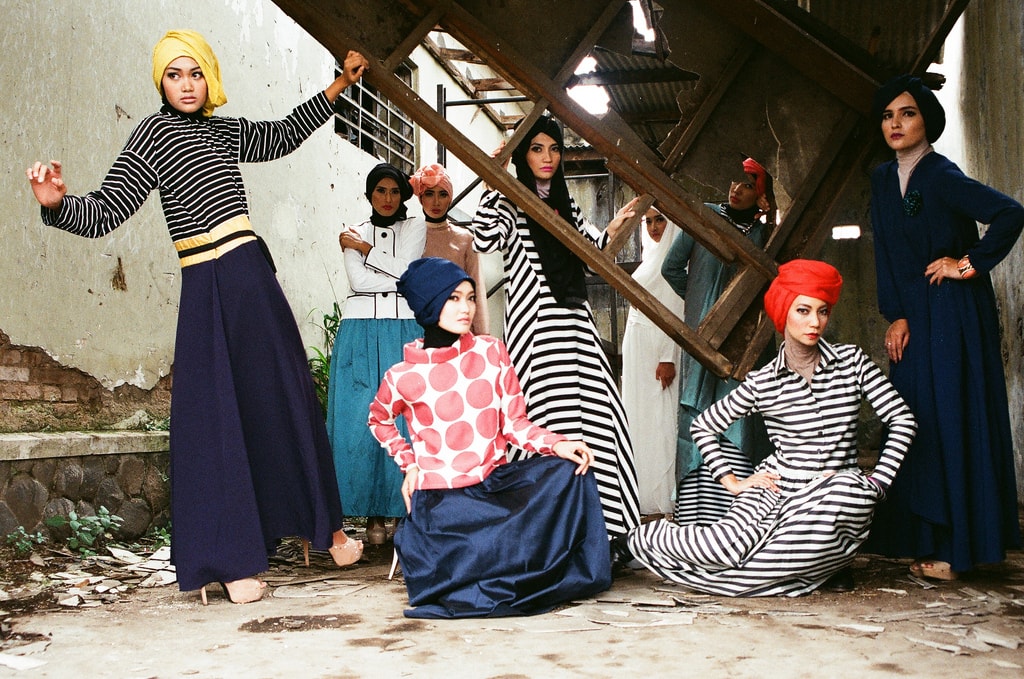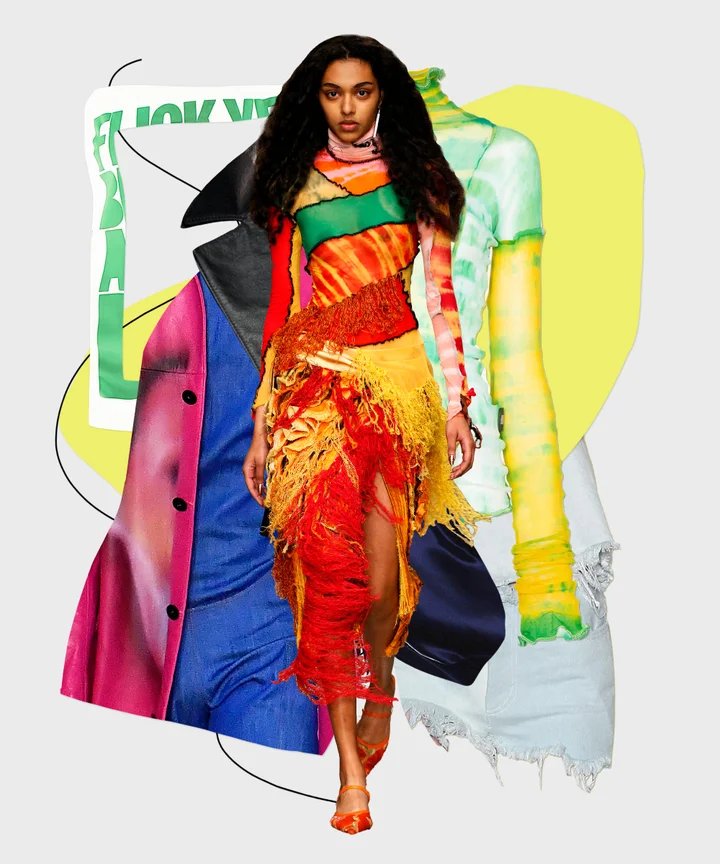Latest Fads in Eastern Wear Pakistan : A Comprehensive Overview for 2024
Latest Fads in Eastern Wear Pakistan : A Comprehensive Overview for 2024
Blog Article
Unlock the Keys of Classic Eastern Put On
Discovering the enigmatic realm of classic Eastern wear looks into a realm where virtuosity, background, and society assemble to produce garments that go beyond simple material and thread. The elaborate tapestry of custom interwoven with contemporary elements offers a peek into a world where every stitch tells a story, every motif a sign of importance. Unveiling the tricks behind these creations unveils a tapestry of heritage waiting to be untangled, welcoming one to trip with the spiritual charm and mystique of Eastern style.
History of Eastern Style
The history of Eastern fashion go back centuries, reflecting the rich social heritage and customs of varied areas across Asia. Each area boasts its distinct styles, textiles, and designs that have been influenced by variables like climate, religious beliefs, social condition, and trade routes. eastern wear pakistan. The intricate silk garments of China symbolize beauty and sophistication, while the lively saris of India showcase a kaleidoscope of patterns and colors.
In Japan, the robe has actually been a sign of practice and improvement for generations, with various styles used for various occasions. The hanbok in Korea stands for the country's deep-rooted customizeds and is still worn during essential events. The background of Eastern fashion is a tapestry of advancement and custom, mixing ancient techniques with modern impacts to create a vibrant and ever-evolving industry. Recognizing the beginnings of these iconic garments offers insight into the cultural significance and workmanship that continue to motivate modern designers worldwide.
Importance of Traditional Outfit
Traditional clothing acts as a cultural symbol, symbolizing the values, beliefs, and heritage of communities in Eastern cultures. eastern wear pakistan. These garments are not simply items of material however are symbolic representations of the rich background and traditions passed down via generations. In Eastern cultures, standard attire plays a significant function in ceremonies, events, and day-to-day life, mirroring the social status, regional affiliations, and even marital status of individuals
The significance of traditional outfit exceeds visual appeals; it is a means for people to get in touch with their origins and reveal satisfaction in their cultural identity. Each garment, from the complex sarees of India to the streaming hanboks of Korea, carries with it a story of workmanship, meaning, and meaning that is deeply deep-rooted in the material of culture.
Furthermore, typical clothing acts as a visual language, interacting tales of strength, victory, and unity. By using these garments, individuals not only recognize their heritage yet additionally contribute to the preservation and celebration of their cultural tradition.
Evolution of Eastern Embroideries
Eastern needleworks have a rich background that spans centuries and have actually continually evolved to include diverse social impacts and react to changing imaginative patterns. The evolution of Eastern needleworks can be traced back to ancient civilizations where complex layouts were hand-stitched onto materials making use of standard methods.

Today, Eastern needleworks remain to progress, mixing standard workmanship with modern-day design perceptiveness to develop ageless items that celebrate the appeal of multiculturalism and creative innovation.
Elegant Fabrics in Eastern Use
Elegant fabrics see play a crucial function in elevating the visual allure and top quality of Eastern wear, boosting the general allure and refinement of traditional garments. Eastern wear is renowned for its opulent fabrics that not only mirror the area's rich social heritage but this contact form additionally symbolize beauty and poise.
Along with silk, textiles like chiffon, velvet, and brocade are additionally generally included in Eastern wear. Velvet brings a plush and stately feeling to typical sets, while brocade, with its metal strings and elaborate patterns, includes a touch of grandeur. Chiffon, on the other hand, is preferred for its ventilated and lightweight qualities, making it a popular option for streaming shapes and delicate decorations. These lavish materials not just raise the visual charm of Eastern wear yet also guarantee a feeling of refinement and class that transcends time.
Incorporating Eastern Fashion Today
In contemporary fashion landscapes, the integration of Eastern affects offers a harmonious blend of social heritage and modern-day looks. Designers and style lovers alike are welcoming the rich tapestry of Eastern style, including traditional components right into modern silhouettes and designs. From complex embroidery to dynamic shades and elegant textiles, Eastern fashion today uses a diverse variety of choices that cater to a worldwide target market.
One way Eastern style is making its mark in contemporary wardrobes is via the adjustment of conventional garments such as the robe, saree, or qipao into daily wear. These items, when reserved for special events, are now reimagined in navigate to this site even more informal forms, enabling their consolidation into everyday fashion options. Furthermore, making use of traditional patterns and themes in Western-style garments adds a touch of exotic beauty to modern attire.

Verdict
Finally, exploring the rich background, value, and evolution of Eastern fashion introduces an ingrained connection to heritage and values. The glamorous fabrics and elaborate embroideries of Eastern wear showcase the versatility and timelessness of traditional designs. Incorporating Eastern influences in modern style permits for a blend of practice and technology, creating a harmonious balance between the past and today.
Glamorous fabrics play a critical duty in raising the visual appeal and top quality of Eastern wear, improving the total allure and refinement of conventional garments. Developers and fashion lovers alike are welcoming the rich tapestry of Eastern style, including conventional components right into modern-day silhouettes and designs. From intricate embroidery to elegant materials and vivid colors, Eastern fashion today uses a varied array of options that cater to a worldwide target market.
One way Eastern fashion is making its mark in modern closets is via the adaptation of conventional garments such as the robe, saree, or qipao right into day-to-day wear. The glamorous materials and detailed embroideries of Eastern use showcase the versatility and eternity of traditional styles.
Report this page